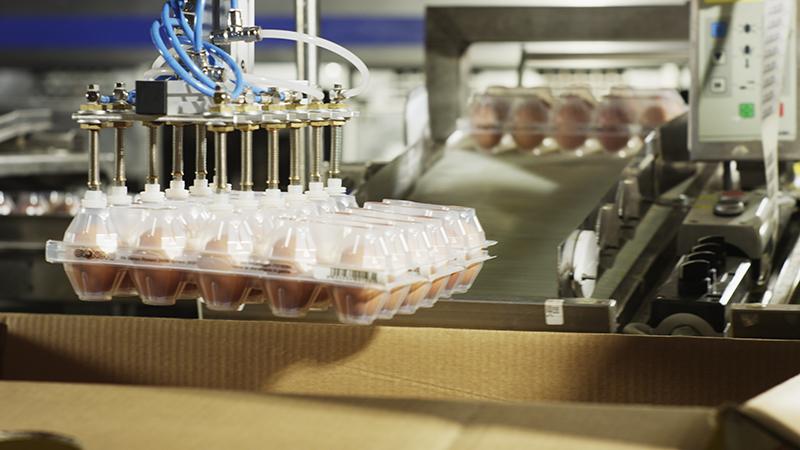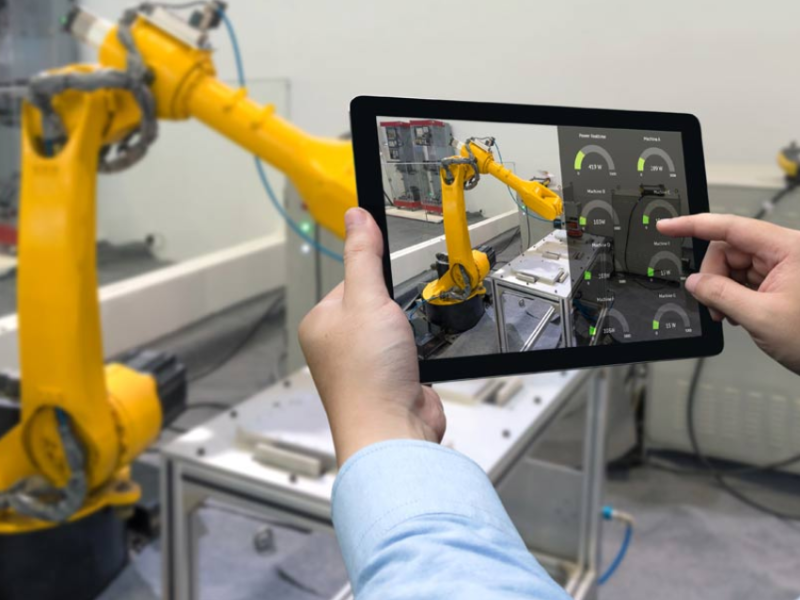Locally, a thriving food and beverage industry has been among the first to turn to collaborative automation. It’s a trend that will help sustain the sector through labour shortages.
Australia and New Zealand both have long and proud histories as agricultural exporters. Australia alone produces enough to feed 80 million people, though the country has a population of just 26 million.
Food and drinks from Australia are exported across the world, notably to the US and Asia, with China as a major end-customer. From seafood and meat to grains, dairy and wine, Australia and New Zealand’s agriculture, food and beverage industries make a major contribution to employment and their economies ($71 billion in Australia). Over 243,000 people are employed in the food and beverage manufacturing sectors in Australia.
In recent years Australia’s food sector has been smashing records for production, exports and farm income. However, food production is still labour-intensive and a thriving industry is heavily dependent on having the workforce to prepare and package food and drink for domestic use and export.
Despite record production in the food sector, Australia is facing the tightest labour market in many decades. Immigration has slowed down since the start of the COVID-19 pandemic and businesses are looking for ways to do more with fewer people. It has been estimated that by 2030, 1 in 3 new jobs created in the agriculture industry will be technology related.
Automation helping the food and beverage sector
As in other countries, automation has an important role to play in supporting businesses of all sizes. The World Robotics 2022 report indicates that 26% of industrial robot installations in 2021 in Australia and New Zealand were in the food industry.
In the midst of labour shortages, collaborative robots (cobots) are well placed to support Australia and New Zealand’s food and beverage sector to package and palletize its output. In the last few years, industrial robots have been steadily gaining popularity amongst manufacturers in this region, especially with handling and assembly tasks. With the increased payload of the UR20, palletizing products in bulk, especially beverages, will become increasingly accessible.
There is much untapped potential here as both countries are way under the global average ratio of industrial robots to manufacturing employees.
“As the food and beverage industry rapidly takes steps towards automation, it’s important to ensure opportunities are available for companies of all sizes. Robotics are not only for large scale operations accompanied by significant capital investments, providing prospects for local companies will help them stay competitive and remain relevant in the future of a fast-paced industry” concludes Masayuki Mase, Country Manager for Universal Robots Oceania.






